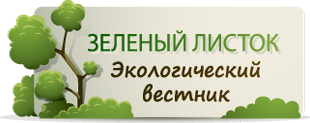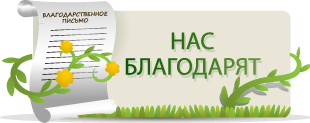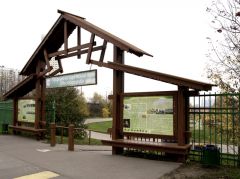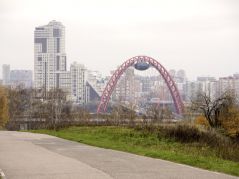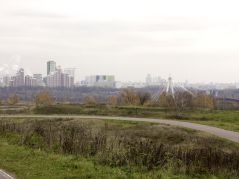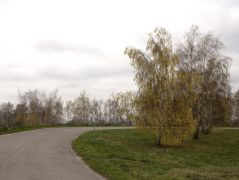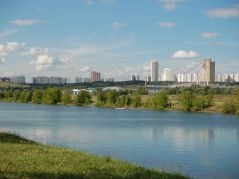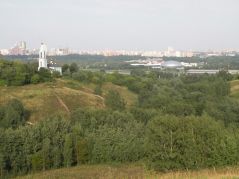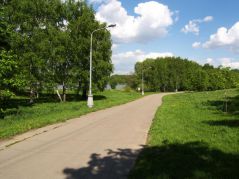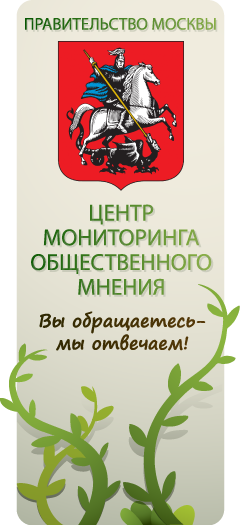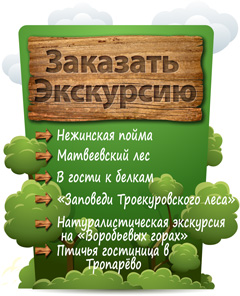The Moskvoretskiy Park is the hugest natural park of the capital where several natural areas are united by the Moscow River valley. The park is distinguished among the protected areas of Moscow by the greatest landscape and biological diversity.
The Western area of the Moskvoretskiy natural-historic park (1667.26 ha) is a part of the State Budgetary Environmental Protection Institution Administration of Specially Protected Natural Areas for the Western Administrative District and, presently, is located within the city of Moscow though about a century ago it was beyond the capital boundaries. Like the most part of the Moscow region these lands had been reclaimed by people a very long time ago. The appeal of these lands is primarily associated with being located close to the Moscow River valley as well as with wonderful scenery of the landscape. Archeologist found that people came to the area currently occupied by the Moskvoretskiy Park already in the 5th millennium B.C. The Krylatskoe district is widely known as the location where items and tools of the Bronze Age (the second millennium B.C.) were discovered.
The Slavs developed these lands in the 9th-11th centuries, as evidenced by Viatichi burial hills (kurgans) in the area of their first settlements (“staying points”) dated the 10th-13th centuries. In addition, there is practically the whole famous site of the ancient Kuntsevskoe settlement founded in the first millennium B.C. and located in the park area (300 m away from Krylatskiy Bridge). The settlement had existed until the 16th century.
The Western part of the Moskvoretskiy natural-historic park comprises 2 mansion complexes of Moscow: Kuntsevo and Fili-Pokrovskoe, as well as the Temple of Holy Mother of God in the Krylatskoe district. There is a part of reserved mansion buildings that are historic landmarks.
Improvement and Protection
No natural area can exist independently in the urban environment, but all such areas need a care and protection. It is important to create and develop a recreational and environmental educational infrastructure of areas balancing it with spots of wildlife. There should be means of showing them to people found with a minimized negative impact of a high recreational load. A crucial point is recovering lands after construction, eliminating landfills or removing the sites of the area. For the area protection purposes there are informative, warning and prohibiting signs installed, as well as entry barriers.






